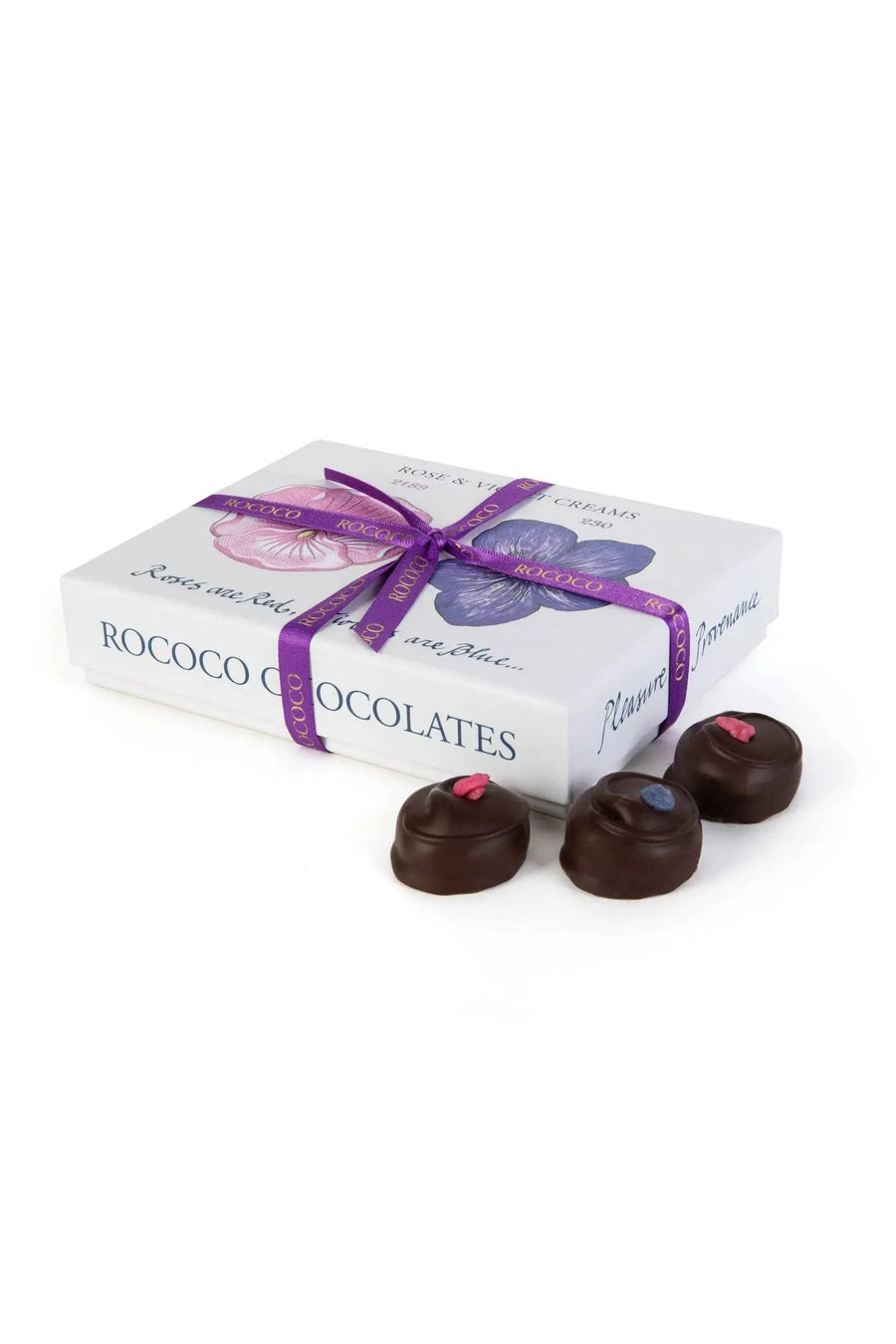Sustainable Cacao Farming: Practices & The Importance of Biodiversity in Cacao Cultivation - Part I
As the world’s demand for chocolate continues to grow, the need for sustainable cacao farming has never been more important. The delicate cacao plant, which gives us the magic ingredient for chocolate, is sensitive to its environment and relies heavily on biodiversity to thrive. Without sustainable practices, cacao farming can contribute to deforestation, soil degradation, and loss of biodiversity, threatening not only ecosystems but also the future of chocolate production itself.
In this article, we’ll explore sustainable cacao farming practices and the importance of biodiversity in cacao cultivation, showing how these approaches benefit both the environment and the farmers who grow cacao.
The Journey of Chocolate: From Cacao Farms to Your Favourite Bite
Cacao, the main ingredient in chocolate, grows in tropical regions around the world, primarily in places like West Africa, Central and South America, and Southeast Asia. But cacao isn’t just any ordinary crop – it’s a sensitive plant that thrives in very specific conditions. In fact, it needs the right balance of sunlight, shade, humidity, and nutrients to grow healthy and produce the cacao beans that will eventually become chocolate.
Traditionally, cacao was grown in harmony with nature, nestled beneath the canopy of lush forests. This type of farming encouraged biodiversity – the variety of plants, animals, and microorganisms in the environment – which created a balanced ecosystem. But as chocolate became more popular, many farmers started clearing forests to make room for large, single-crop cacao plantations. While this boosted production, it also led to some serious environmental problems.

The Problem with Monoculture Cacao Farming
In an effort to meet the growing global demand for chocolate, many farmers turned to monoculture farming – the practice of planting only one type of crop across large areas of land. At first glance, this may seem like a good idea for producing more cacao, but it comes with major drawbacks.
When you grow only one type of plant, like cacao, over large stretches of land, the ecosystem suffers. Forests are often cleared to make way for plantations, leading to deforestation and the loss of habitats for animals and insects. Without the diversity of plants and trees that normally grow in these areas, the soil begins to lose its nutrients, and farmers often turn to chemical fertilisers and pesticides to keep the crops healthy. This damages the soil even further and leads to pollution in nearby rivers and streams.
And if that wasn’t enough, cacao trees grown in monoculture are far more vulnerable to disease and pests, since the natural predators that usually help control them no longer exist. It’s a bit like putting all your eggs in one basket – if something goes wrong, the entire crop can be wiped out.

What Is Sustainable Cacao Farming?
Sustainable cacao farming is all about finding a way to grow cacao that doesn’t harm the environment, supports local communities, and produces delicious, high-quality chocolate. Instead of clearing forests and relying on chemicals, sustainable farming takes a more holistic approach. Farmers look for ways to work with nature, not against it, using eco-friendly practices that help the land thrive.

In our next article, we will talk about agroforestry and biodiversity, so be sure to come back to the Kitchen Diaries to read more about cacao farming.



